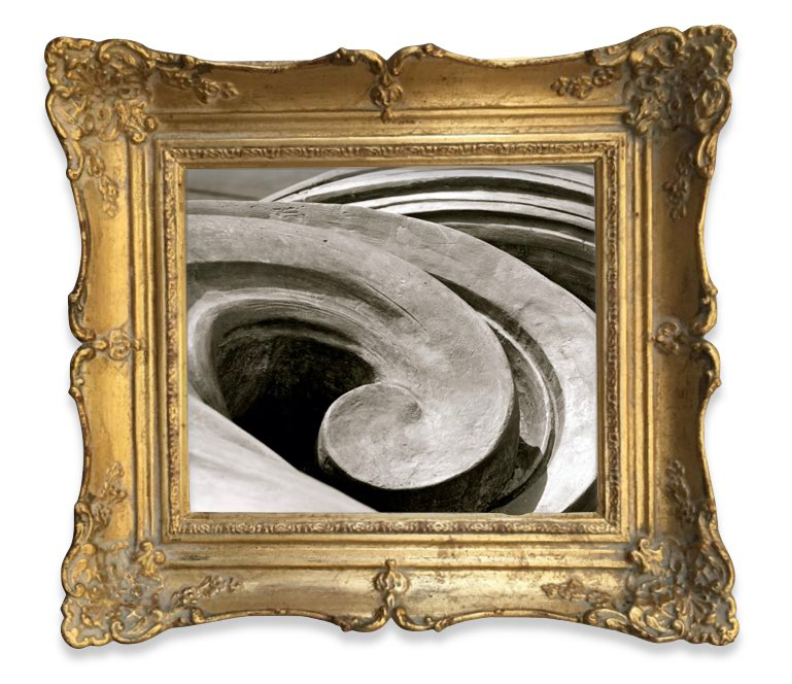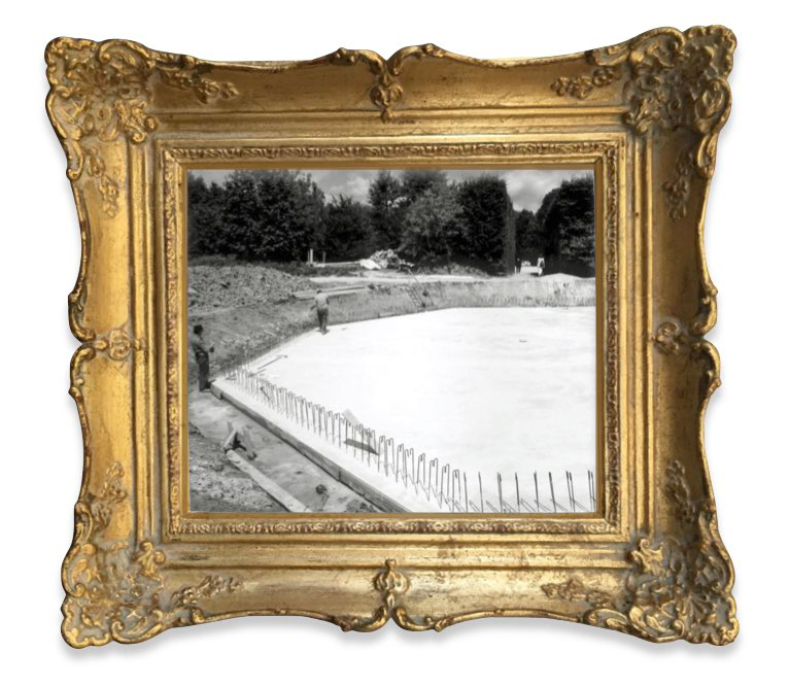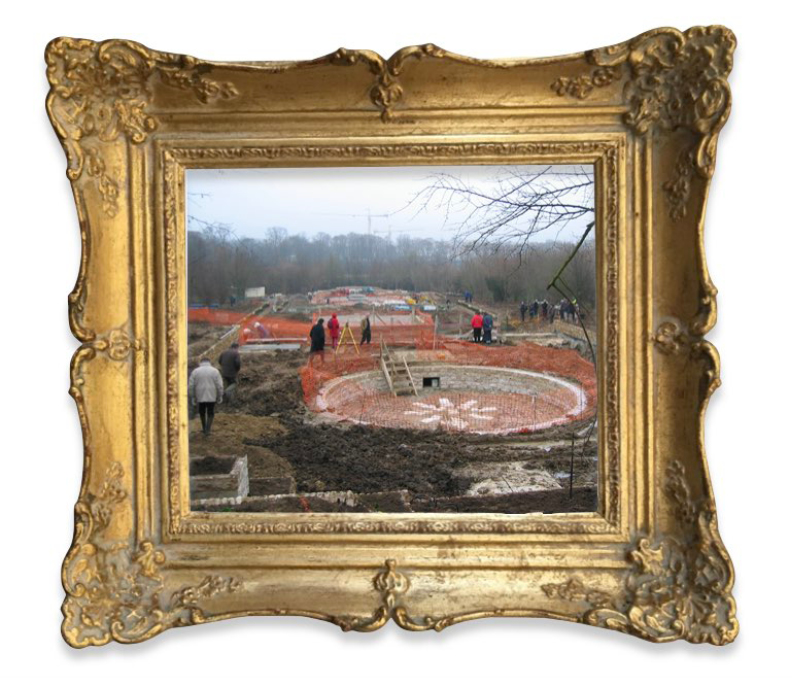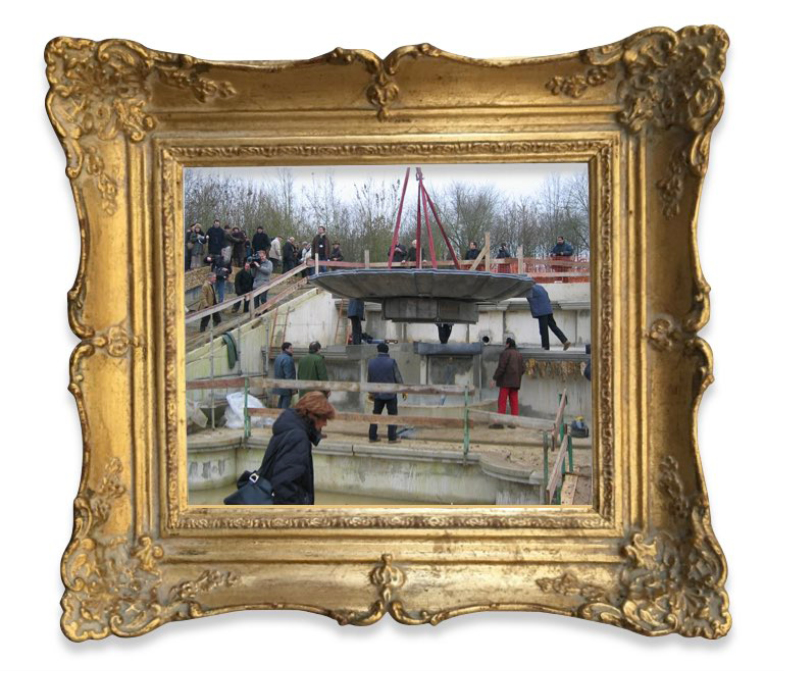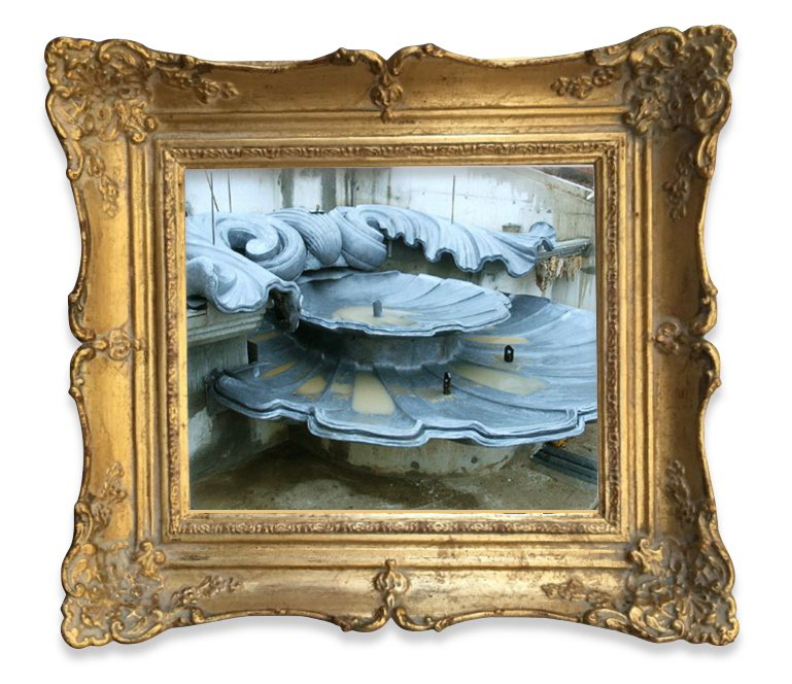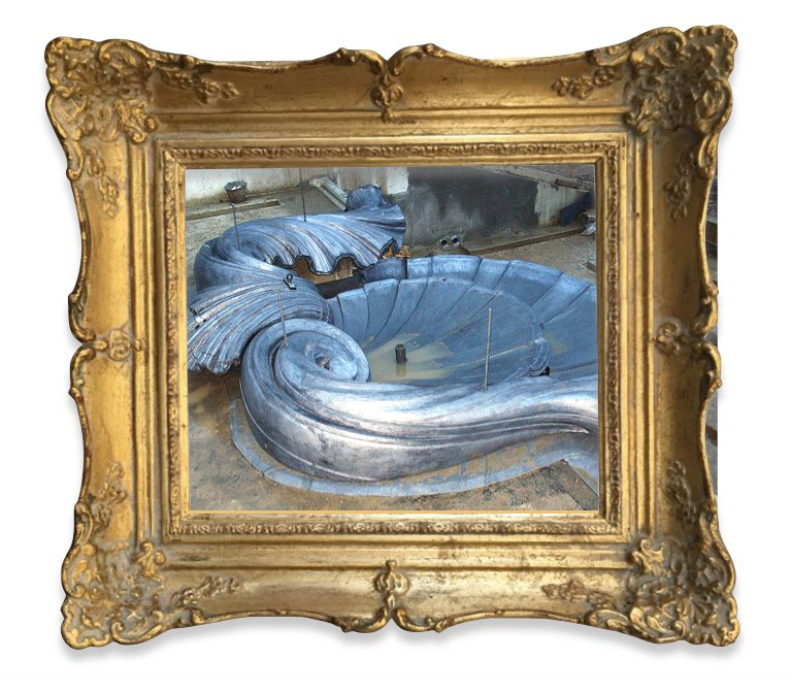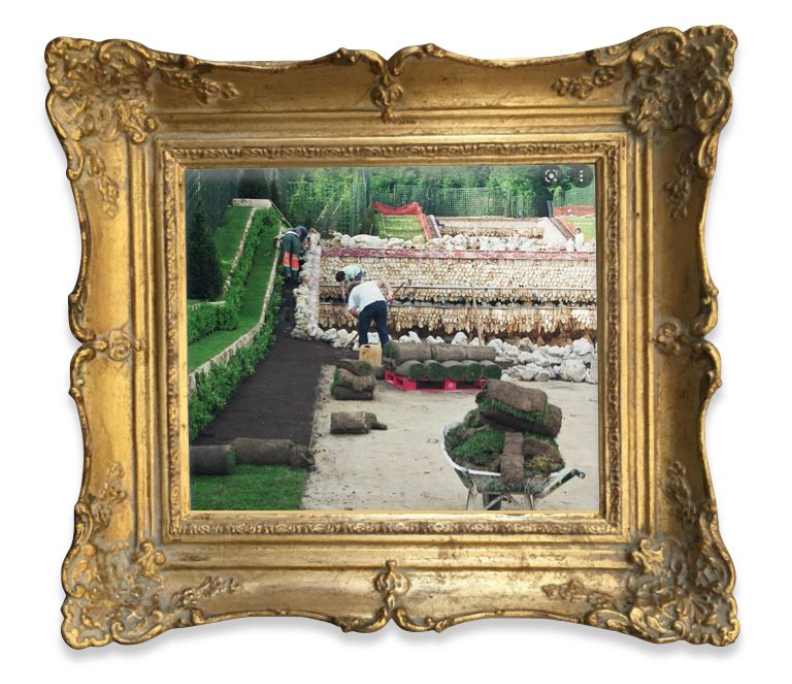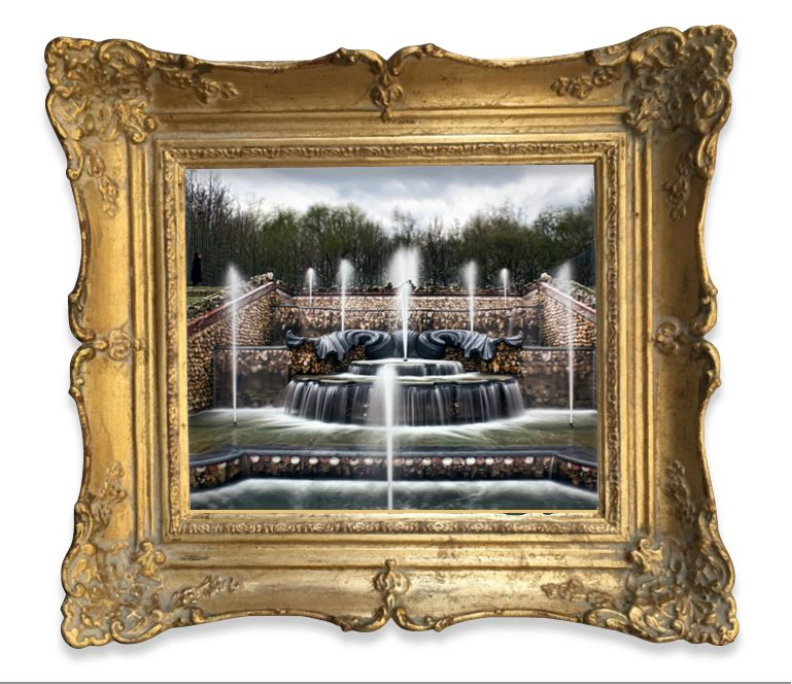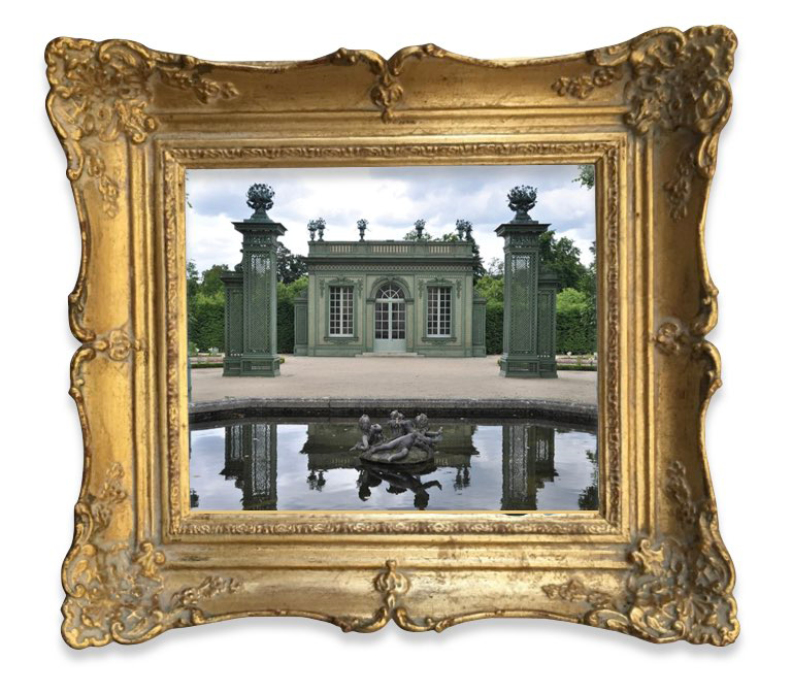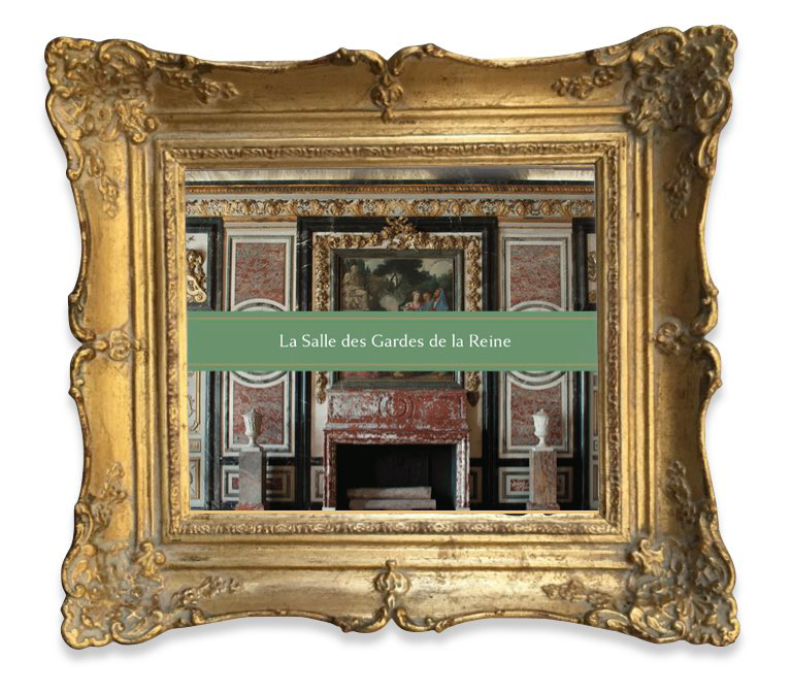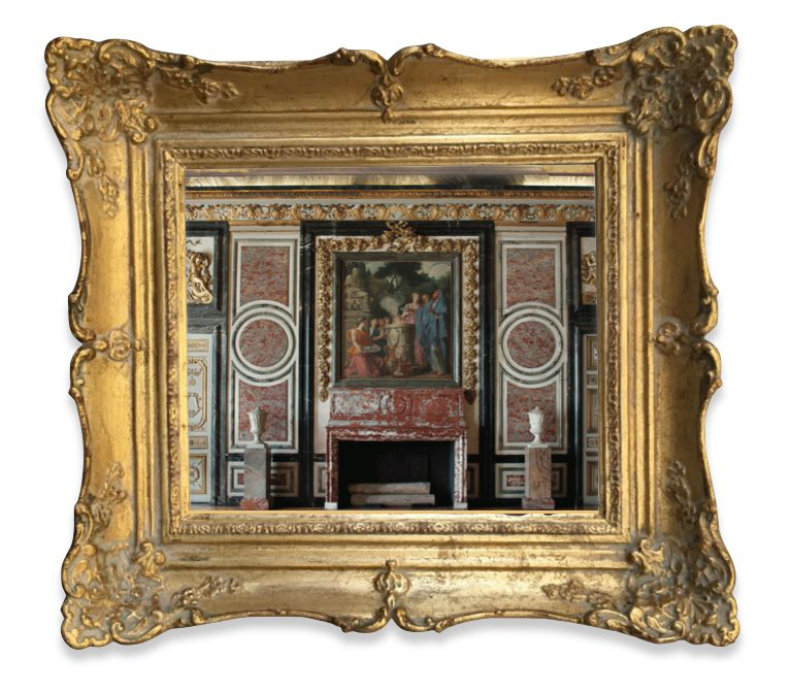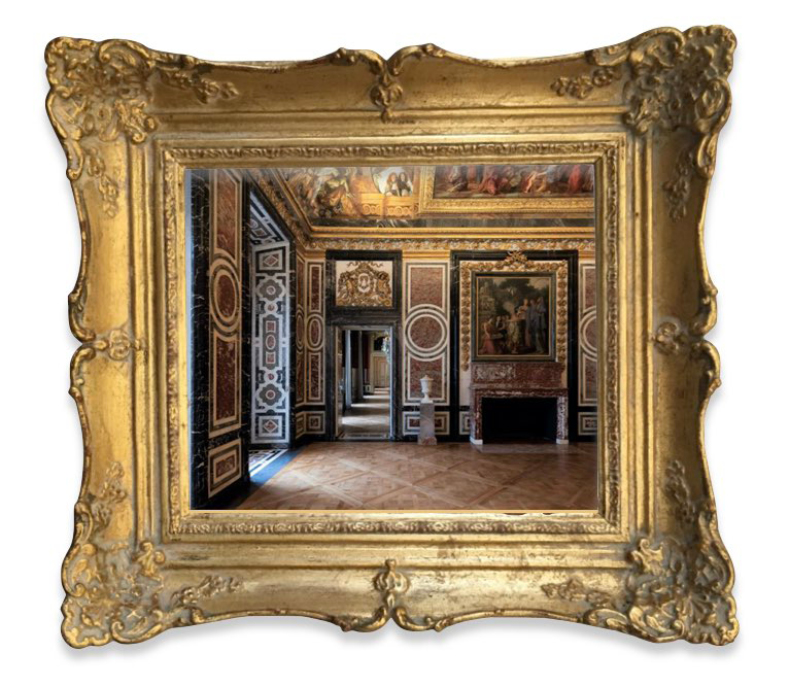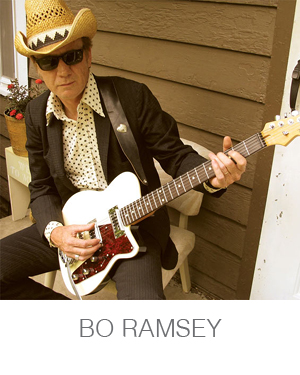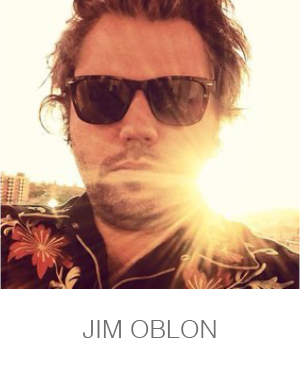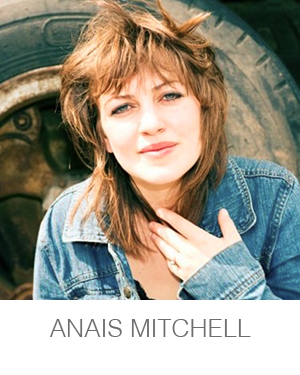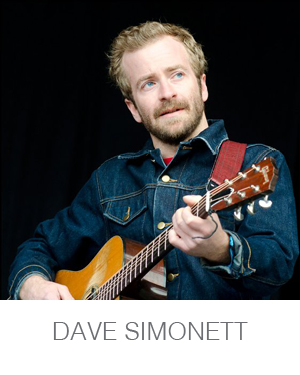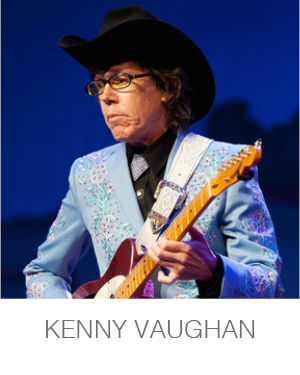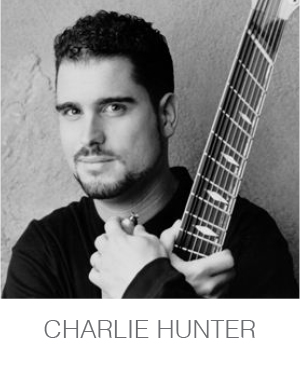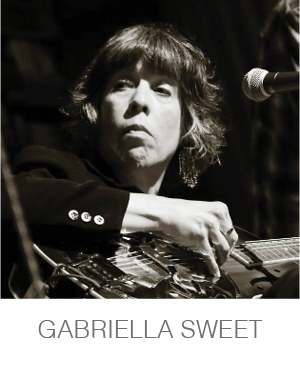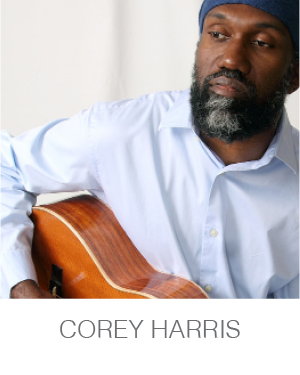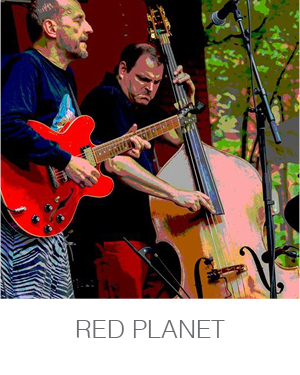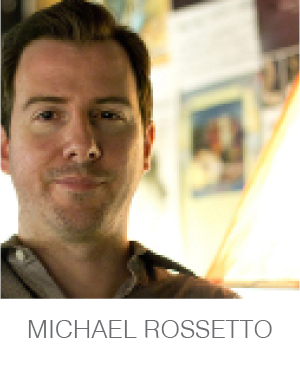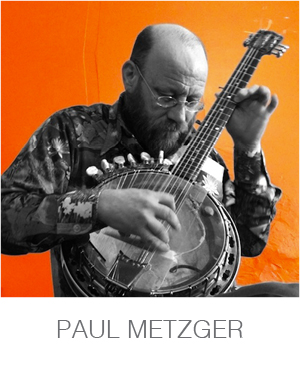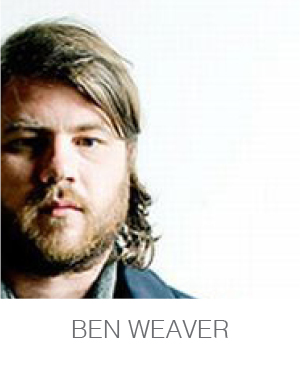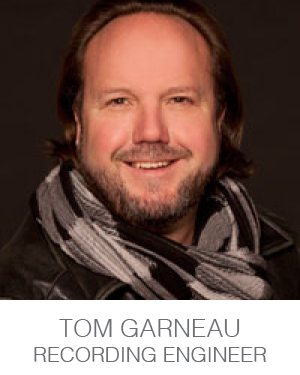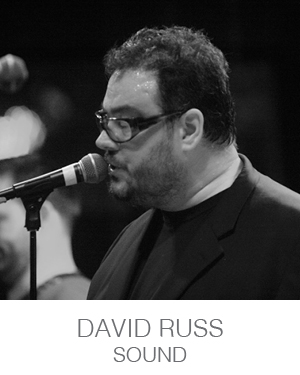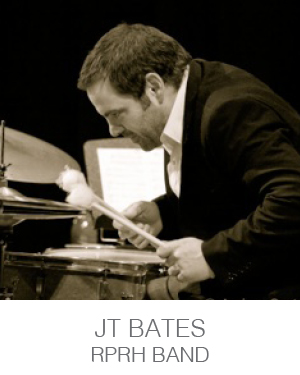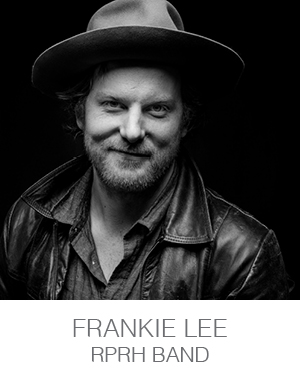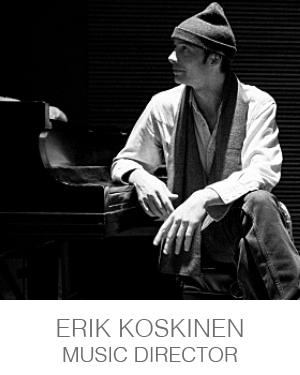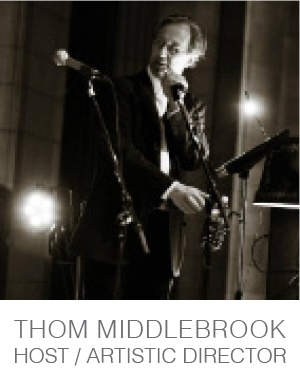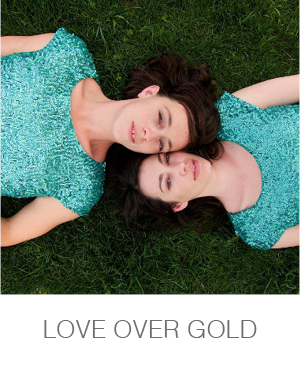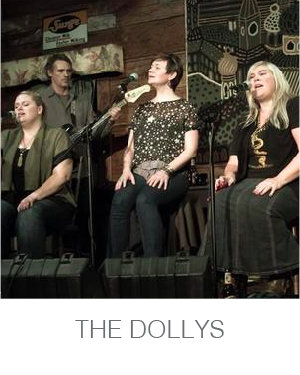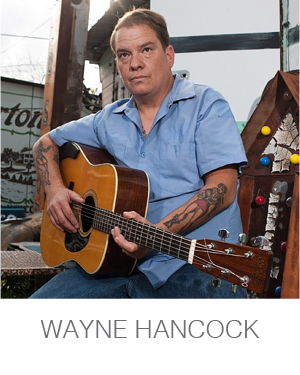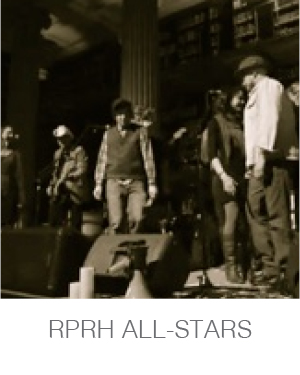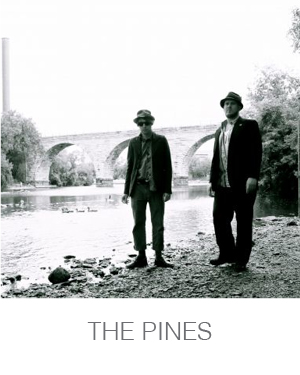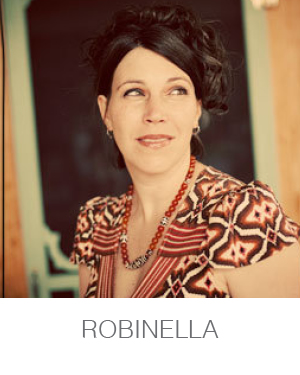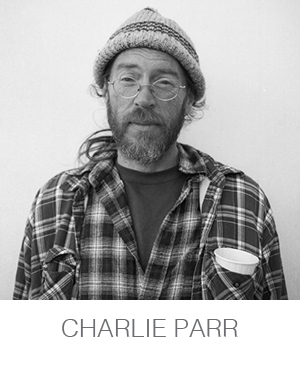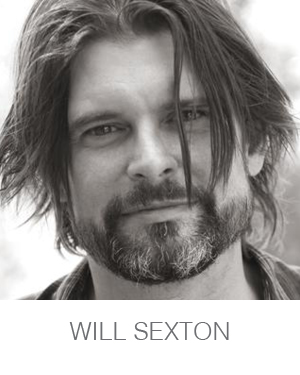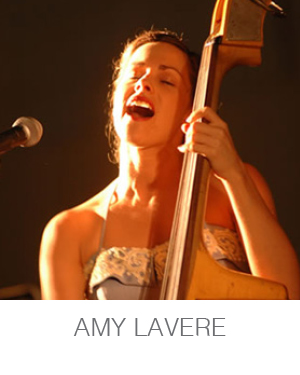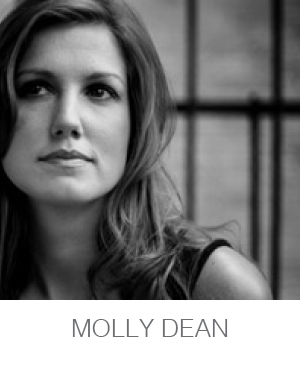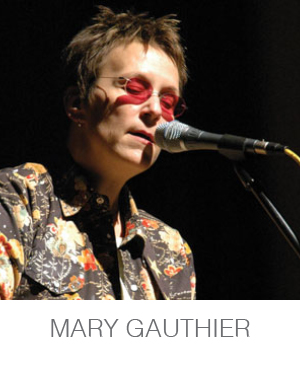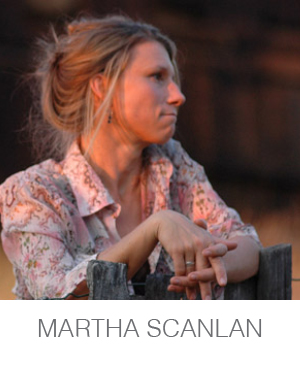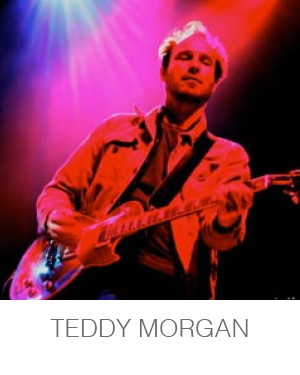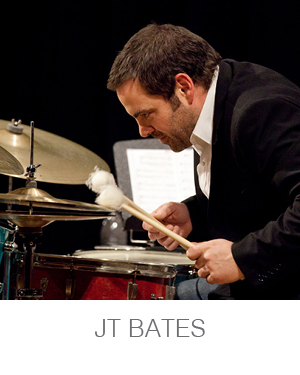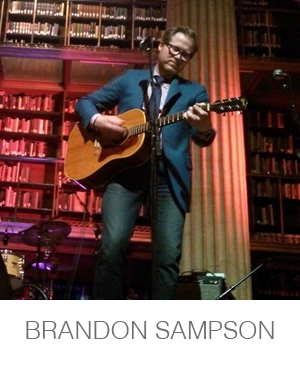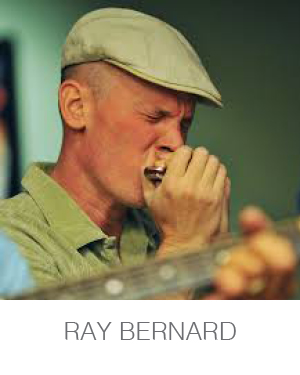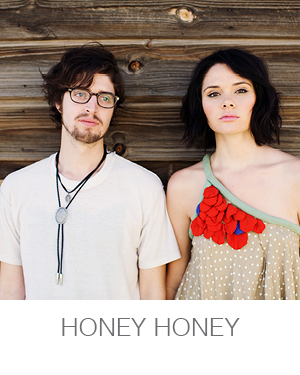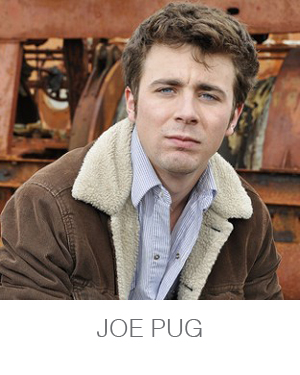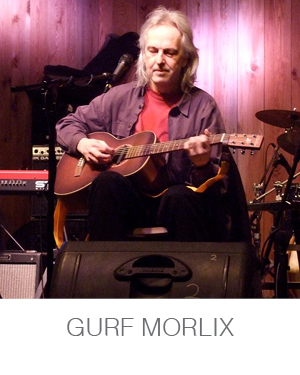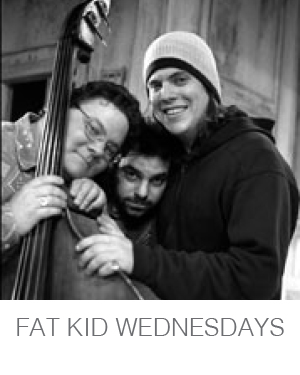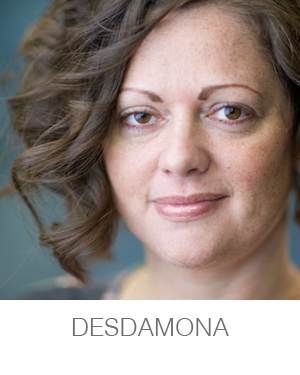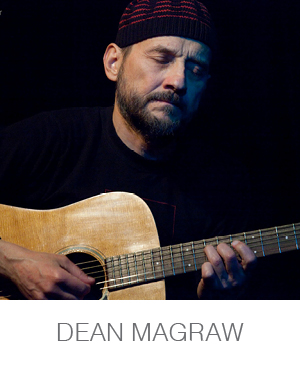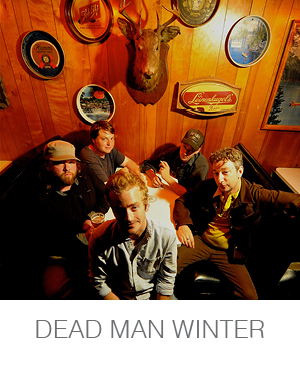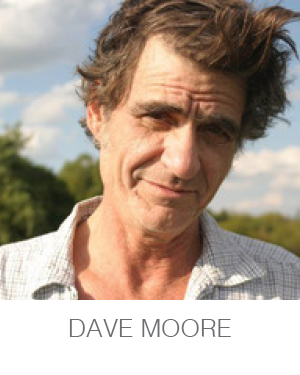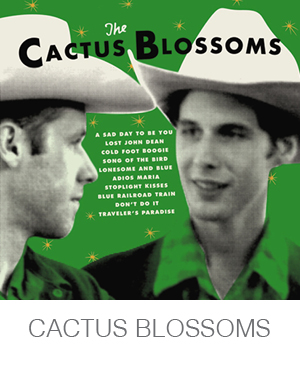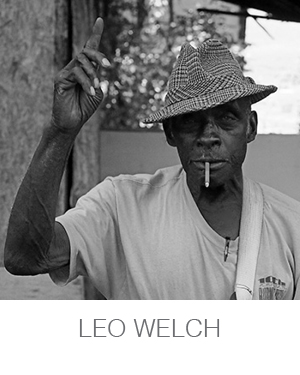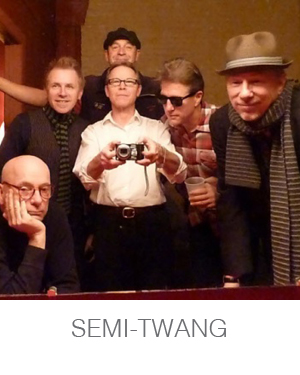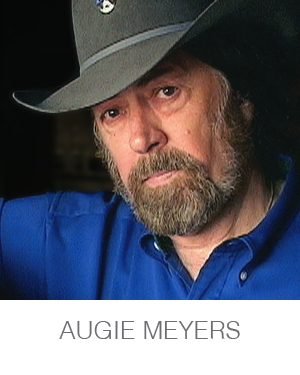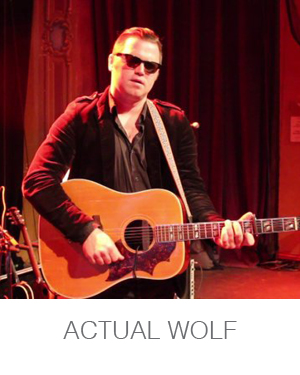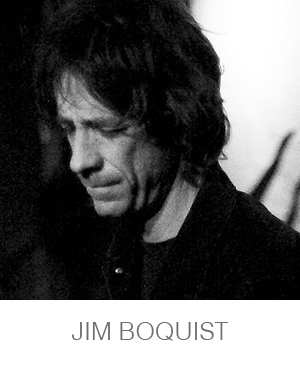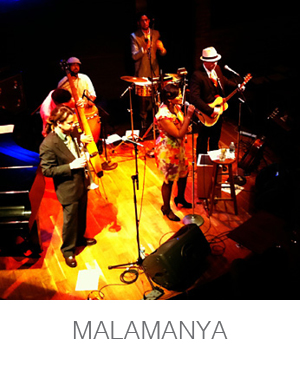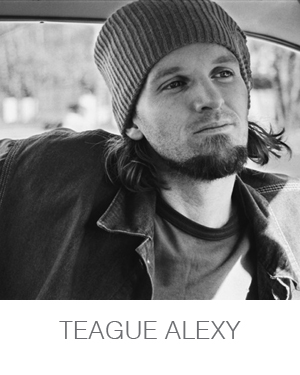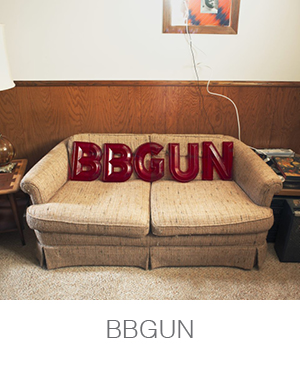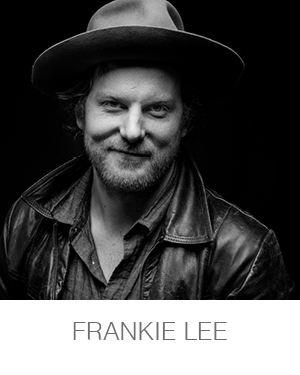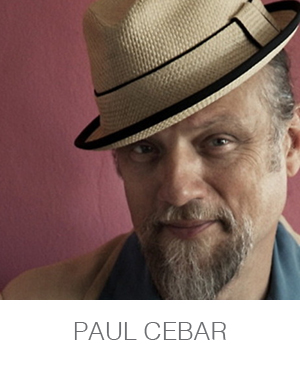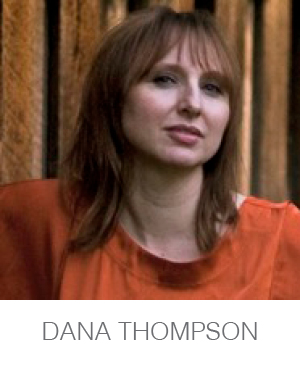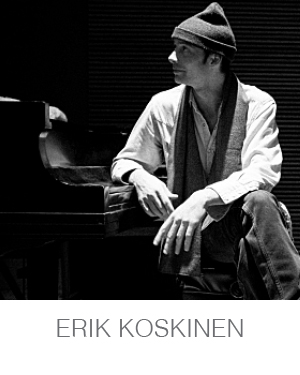
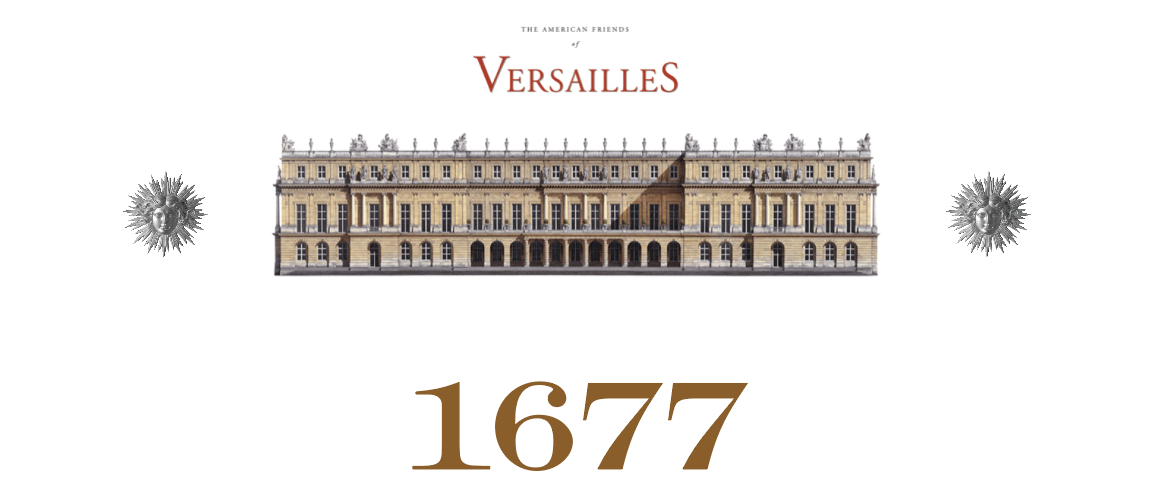
In 1677, America was barely a thought on the world stage and Versailles was very nearly the center of the universe. In that year André Le Nôtre designed a garden that was ambitious by any measure; the trois fontaines bosquet. To power the fountains Le Nôtre proposed diverting the Loire river to Versailles. Trusting his vision, Louis XIV agreed. The Loire was 140 miles away. The bosquet with its cascading terraces and pools was noted to be one of Louis’ favorite gardens in the entire parc. However after Louis’ death the bosquet fell into disrepair. The ravages of time and revolution eventually took its toll on the bosquet until it was lost to the world in 1830.
Three hundred twenty-one years after its conception, at the urging of the Vicomte De Rohan, American philanthropist, Francophile and Versailles devotee, Catharine Hamilton accepted the task to restore the bosquet with the help of American participation and so it was that the American Friends of Versailles was born.
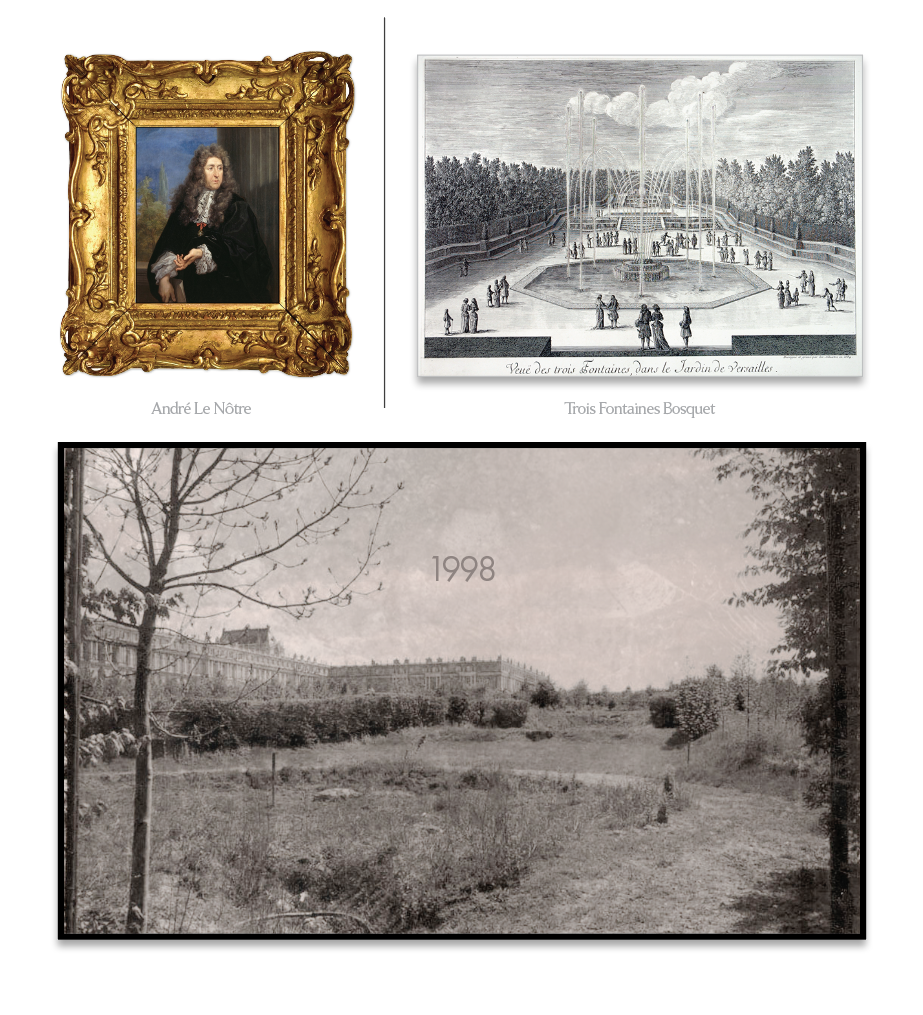
Accompanied by an army of craftspeople, stone masons, sculptors, landscape architects, botanists, hydraulic engineers, metal workers, politicians, curators, security, bureaucrats, socialites and legions of the curious. What began was a three year project evolved into a six year project and little did we know at the time it was the start of a twenty-five year pursuit.
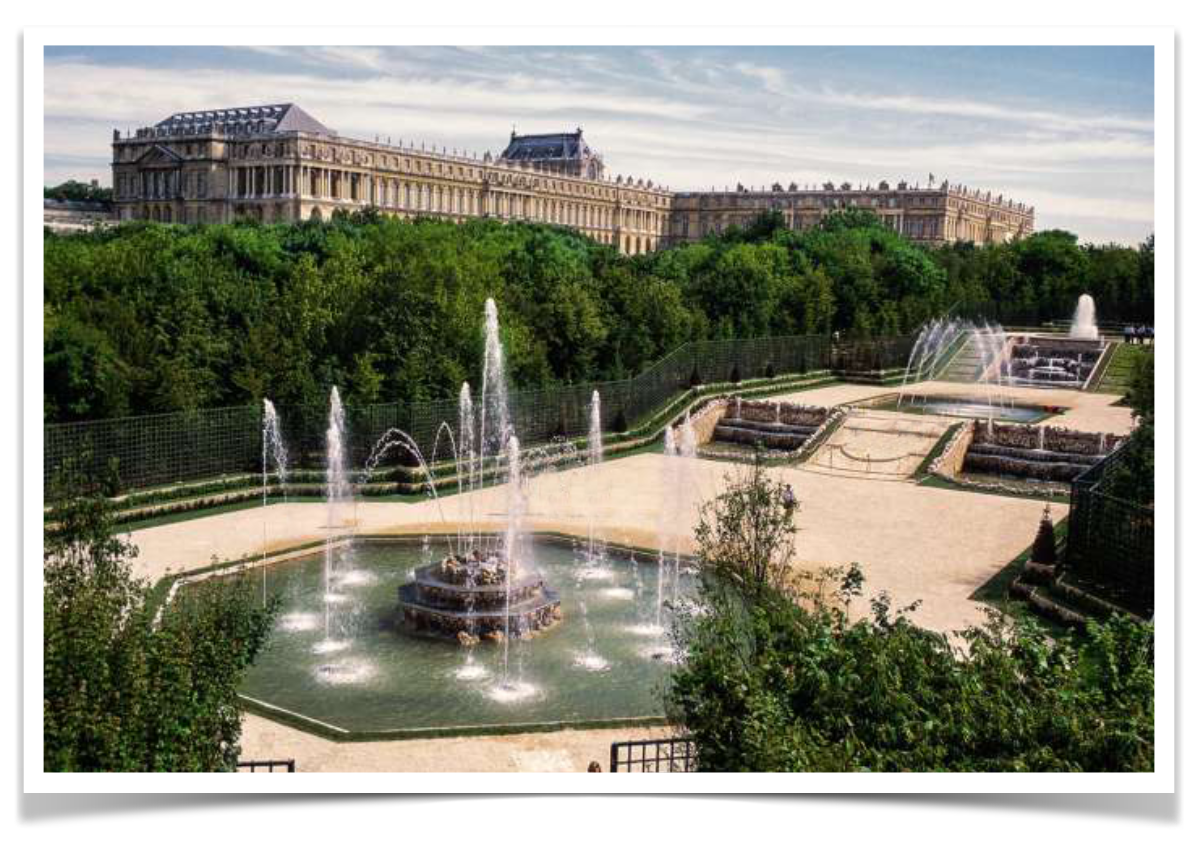
If I could describe every detail of the last twenty-five years of my involvement with Versailles and it would offer no clear understanding of the theatrics, the comedy, the chaos, the posturing and the politics, the privilege and ultimately the accomplishment that launched a twenty year long party. It began with a simple enough goal to restore a garden and from there it walked a path lengthier than Proust.
FROM PARIS TO ST. PAUL

“Now is the winter of our discontent.” – William Shakespeare
If you want to choose a working class of people who have been systematically abused while being simultaneously celebrated you need to look no further than musicians. They haven’t had a pay raise in a hundred years, their work is routinely stolen, they sign contracts that amount to servitude and as for benefits, there are no benefits. The Real-Phonic Radio Hour was a modest attempt to correct those ills.
JT Bates, Paul Bergen, Tom Garneau, Erik Koskinen, Frankie Lee, Molly Maher, myself and Dave Russ. began with an organizing principle of Artistry in Everything. We created a show to treat musicians the way they hoped to be treated when they were on the road. We paid more than a living wage, we arranged and paid for flights and hotels, and we provided a beautiful venue with very enthusiastic audiences. You could even get half off your ticket price if you brought a donation for the local food shelf. And then the old white guys showed up.
Through a first season of minor fits and starts the show took hold and enjoyed critical success and the support of the community, both artistic and local. As it is with nearly every artistic endeavor, funding was a constant but manageable problem. (The story get complicated at this point.) Eventually the Hill Center board agreed to cover the $20,000 annual shortfall under the condition that they owned the show.(and no more discounts for food shelf donations.) This surprised not one musician.
In the end, Real-Phonic was able to provide a stage for seventy-four acts and nearly 300 musicians and artists and the ethos of the people who played there are memorable still.


